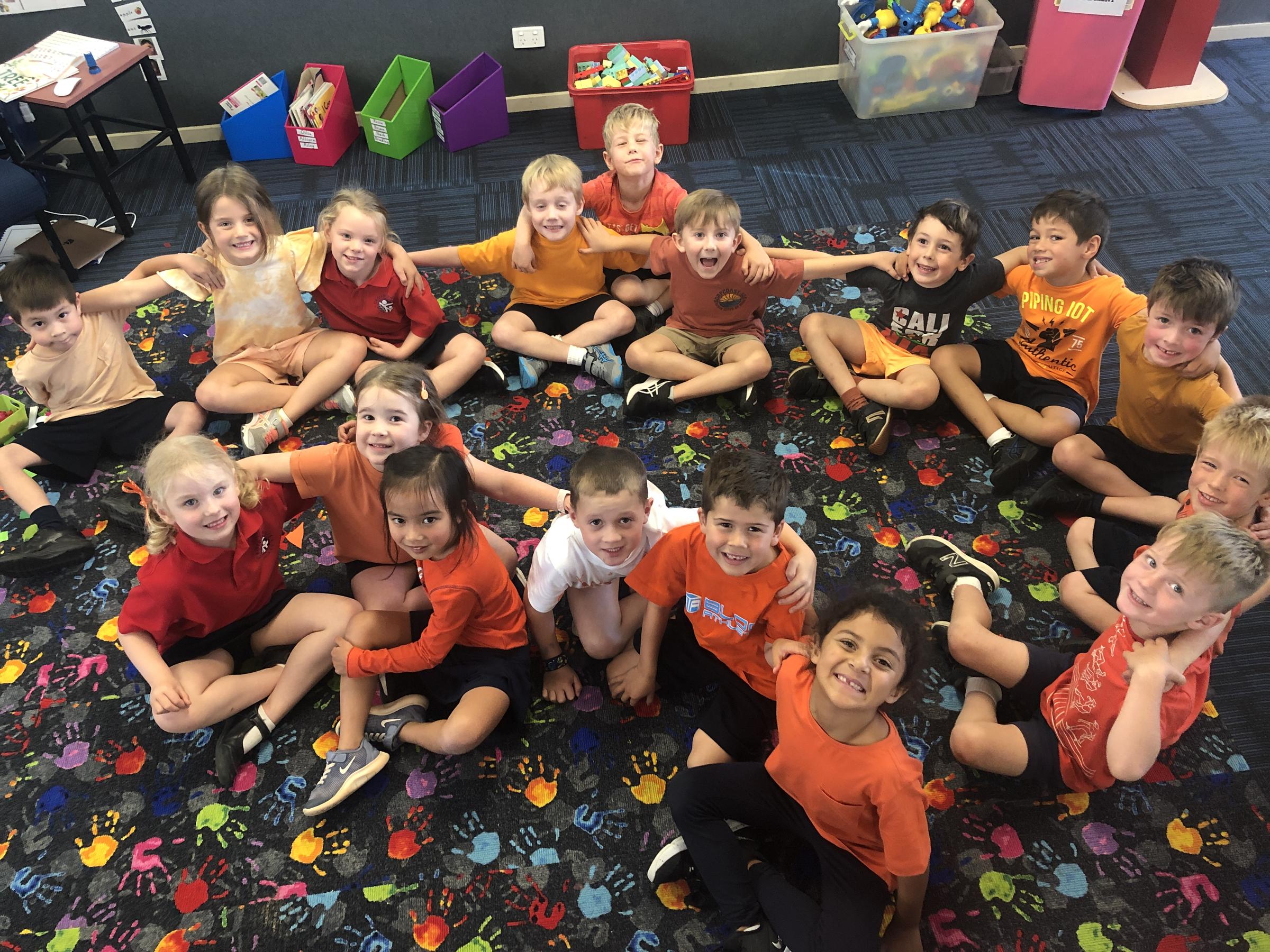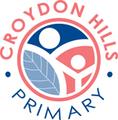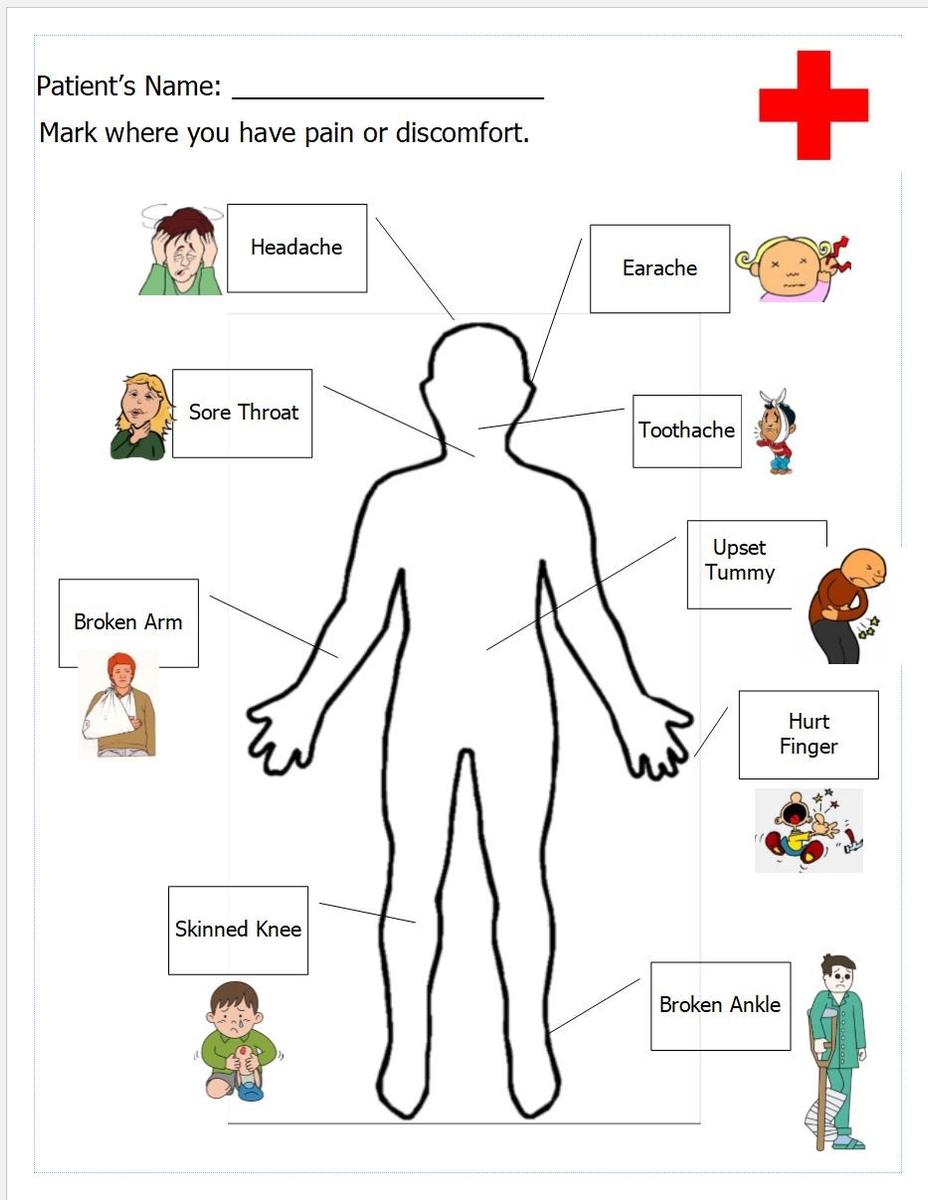Weekly Wellbeing

Guiding Children to Calm from a Heightened Emotional State
When anyone, adult or child is in a heightened emotional state (H.E.S.), (e.g., angry, sad, tired, grumpy etc.) it is very difficult to articulate how we got there or what we need. Expressing and articulating needs can be especially difficult for children, as they are still developing their emotional understanding, and have less vocabulary and comprehension than adults. It is obvious, especially to an adult, that the first need is to begin calming down, but we may not know how to help a child to do this. In this article, I will just go through some very basic steps of how to guide a child to recognise and meet their needs from a heightened emotional state.
When we are in an H.E.S., we are often unable to speak clearly. We may be crying, feeling dizzy, “seeing red” or closing our eyes, these are all common responses to heightened states of emotion. The first thing we need to do is calm down. Breathing is essential in this stage. We often lose breath and become lightheaded in a heightened state and gaining that back is critical. Sometimes thinking “focus on breathing” isn’t as helpful, especially when there is a lot going on in our mind to distract us from breathing, so thinking about something calm, or shifting your focus may be needed. Shifting focus to something that makes you smile, or a “happy place” is always a good option but shifting your mind to a task that requires simple focus can sometimes be even better. For older children an example of a task to shift focus to would be counting backwards from 100 by 3s, for younger children it could be counting backwards, counting in another language, or counting up by 3s. This task is great because it requires use of a different part of the brain, as well as a lot of focus to do this accurately. This is also good for distracting you from whatever you were thinking about. Another option is to follow a breathing chart with your finger, this is especially helpful for younger children. Below is an image of a breathing chart that is easy to follow.
Once calm we can start to reflect on our needs. Often being in an H.E.S. can lead to dehydration or a rise in temperature, so having a cold drink of water can continue the settling process. As we calm and settle a good idea would be to check in with our bodies. How did our bodies feel a few minutes ago and how do they feel now? It is important to highlight any aches and pains we may have been experiencing as they may have contributed to the cause of the H.E.S. (e.g., being hungry and a stomach-ache led to anger) or we may have caused physical harm during the H.E.S. (e.g., banging head on desk because I felt distress). It can be helpful for children to point to where they are feeling pain, they can point on their own bodies or on an image like this one.
Once we are calm and have checked in with our body’s we can then reflect on any other needs. If our stomach-aches we may be hungry and need food. If we became embarrassed or felt shame because of something that happened with a friend, we might need a way to patch things up with that friend. If we felt nervous or scared about an event, we might need some comfort or a rational conversation to talk things through. As teachers and guardians, it is important to ask a lot of questions and be encouraging with the language, we use to investigate the needs of the children who lack skills to articulate their own needs.
Sometimes it requires extra creative thinking to reach an understanding of a child’s needs and sometimes it is straightforward. As we help guide children to calm from an H.E.S. it is important to remain calm ourselves, and after the situation is resolved, to reflect and check in with ourselves so we are keeping our own good mental health.
Cheyenne Mason, on behalf of the Wellbeing team


